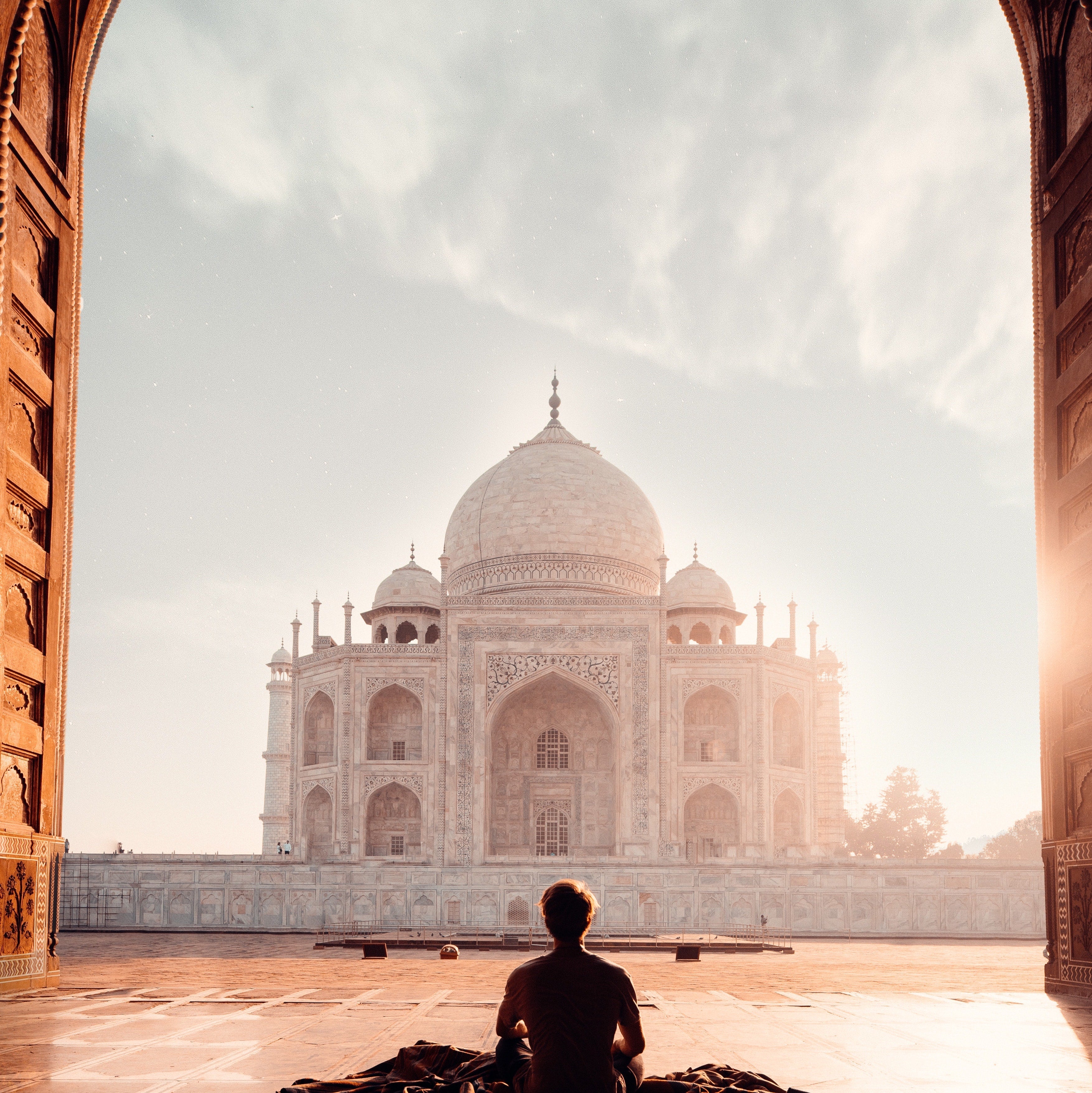Introduction to Ayurveda: A Quick Guide to Holistic Healing

Nearly 5,000 years ago, the ancient Vedas texts were written. The Sanskrit term “Ayurveda” means “knowledge of life,” in which the Vedas share a system of holistic healing that includes balancing physical, emotional, and spiritual purposes in alignment with the universe.
To find this alignment, Ayurveda focuses on three energies, or doshas, that are present in every individual. The unique combination of doshas serves as your own personal prakriti, or nature, that influences your overall health, energy level, and mood.

Ayurveda 101: The Three Doshas
Each person embodies all three doshas. However, doshas are not present in equal distributions. Here’s a closer look at the characteristics of each dosha:
Vata
Vata is a combination of the elements of air and space. Dominant traits of vata include a thin appearance and, a physically and mentally active nature. They’re creatives at heart and have a thirst for adventure. However, when their doshas become unbalanced, anxiety sets in and can make them prone to miss deadlines, cancel engagements, and struggle to stick to a routine. Common characteristics include a love for hot and humid climates, a need for caffeine to sustain their energy, and a failure to stick to a proper sleep schedule.
Pitta
Pitta types are hallmarked by the fire element, which gives them a strong presence. They’re usually medium in stature and tend to have heat-sensitive skin that gets red in the sun or when exercising. They’re highly competitive, are natural leaders, and can be somewhat intimidating due to their impetus and desire to be the best. On a health level, it’s common for Pitta types to experience acne, inflammation, and mood swings.
Kapha
A Kapha-dominant person is typically athletic but is often susceptible to weight gain. Kapha is a combination of the water and earth elements, which lends to their stability and compassion for life itself. They thrive on routine and doing things in a methodical manner, but all sense of logic goes out the window when imbalances occur. This is when stubbornness and complacency thrive. Remedies often include a change of scenery and fasting.

Bi-Doshic
Everyone shares qualities of all three doshas. However, if two doshas seem to be in greater abundance than the third, then you might be considered bi-doshic. These people thrive under dual constitutions, where one dosha will dominate during certain conditions and the other under different conditions.
Tri-Doshic
An equal amount of influence from each dosha is considered tri-doshic. When doshas are in balance, tri-doshics are very stable, strong individuals. But when levels are imbalanced, they’re prone to poor health, increased sensitivities, and emotional overdrive.
Balancing Doshas for Holistic Healing
In Ayurveda, maintaining the right balance of each dosha is essential for optimal mental, physical, and spiritual health.
When doshas get out of balance, they may make you more susceptible to disease, poor moods, and poor eating habits.
Part of maintaining this ideal balance includes self massage. Herbal body oils and adaptogens developed for your dosha can help restore balance through aromatherapy and transdermal absorption.
Ibu Ayurveda has formulated a collection of handcrafted oils that are beneficial to each dosha and crafted other wellness tools. Shop our line today and restore your constitutional balance.






Comments